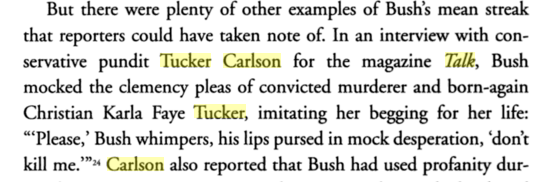Antonin Scalia has died. Cass Sunstein, one of Obama’s favorite law professors and, for a time, regulatory czar in Obama’s administration, had this to say from his perch at Harvard Law School:
(Suddenly I see the wisdom of Bill Buckley’s famous quip about Harvard.)
In the coming days, the retrospectives on Scalia’s career and predictions of what is to come will be many; they’ve already begun.
But for me Scalia is a figure of neither the past nor the future but of the present.
If you want to understand how Donald Trump became the soul of the Republican Party, you need look no further than Antonin Scalia. Scalia is the id, ego, and super-ego of modern conservatism. He was as outrageous in his rhetoric (his unvarying response to any challenge to Bush v. Gore was “Get over it!”) as he was cruel in his comportment. Sandra Day O’Connor was the frequent object of his taunts. Hardly an opinion of hers would go by without Scalia calling it—and by implication, her—stupid. “Oh, that’s just Nino,” she’d sigh helplessly in response. Even Clarence Thomas was forced to note drily, “He loves killing unarmed animals.” He was a pig and a thug. (Sunstein, by contrast, believes “he was a great man, and a deeply good one.”) And he was obsessed, as his dissent in PGA Tour v. Casey Martin shows, with winners and losers. They were the alpha and omega of his social vision. He was the Donald Trump of the Supreme Court.
And the second most misunderstood judge of the Supreme Court, as I argued in a lengthy profile of Scalia, which originally appeared in the London Review of Books and which I revised extensively for one of my chapters in The Reactionary Mind. I reproduced that chapter in four parts on my blog. Here they are again.
Prologue: I’ve Got a Crush on You
Scalia’s mission, by contrast, is to make everything come out wrong. A Scalia opinion, to borrow a phrase from New Yorker writer Margaret Talbot, is “the jurisprudential equivalent of smashing a guitar on stage.” Scalia may have once declared the rule of law the law of rules—leading some to mistake him for a stereotypical conservative—but rules and laws have a particular frisson for him. Where others look to them for stabilizing checks or reassuring supports, Scalia looks for exhilarating impediments and vertiginous barriers. Where others seek security, Scalia seeks sublimity. Rules and laws make life harder, and harder is everything. “Being tough and traditional is a heavy cross to bear,” he tells one reporter. “Duresse oblige.”
Act One: Diva of Disdain
Scalia’s conservatism, it turns out, is less a little platoon than a Thoreauvian counterculture, a retreat from and rebuke to the mainstream, not unlike the hippie communes and groupuscules he once tried to keep at bay. It is not a conservatism of tradition or inheritance: his parents had only one child, and his mother-in-law often complained about having to drive miles and hours in search of the one true church. “Why don’t you people ever seem to live near churches?” she would ask Scalia and his wife.  It is a conservatism of invention and choice, informed by the very spirit of rebellion he so plainly loathes—or thinks he loathes—in the culture at large.
Act Two: American Nietzsche
Left unresolved, however, the contradiction reveals the twin poles of Scalia’s faith: a belief in rules as arbitrary impositions of power—reflecting nothing (not even the will or standing of their makers) but the flat surface of their locutionary meaning—to which we must nevertheless submit; and a belief in rules, zealously enforced, as the divining rod of our ineradicable inequality. Those who make it past these blank and barren gods are winners; everyone else is a loser.
Act Three: Affirmative Action Baby
Scalia preys on and profits from the very culture of liberalism he claims to abhor: the toleration of opposing views, the generous allowances for other people’s failings, the “benevolent compassion” he derides in his golf course dissent. Should his colleagues ever force him to abide by the same rules of liberal civility, or treat him as he treats them, who knows what might happen? Indeed, as two close observers of the Court have noted—in an article aptly titled “Don’t Poke Scalia!”—whenever advocates before the bench subject him to the gentlest of gibes, he is quickly rattled and thrown off his game. Prone to tantrums, coddled by a different set of rules: now that’s an affirmative action baby.

